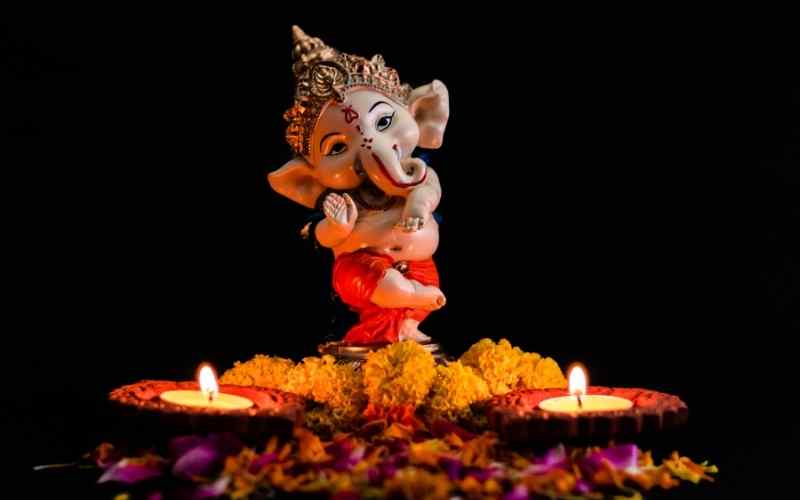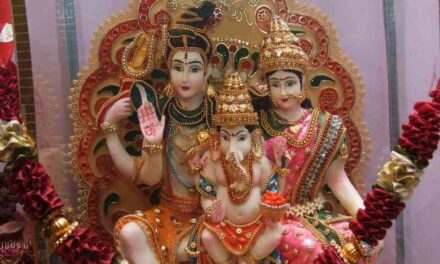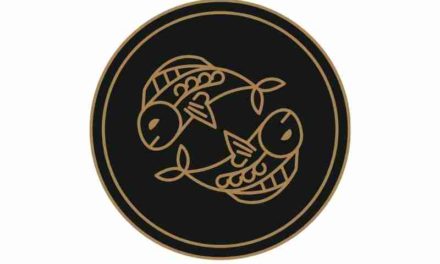Rice is said to be “initiated” in Sanskrit, which is whence we get the term “Annaprasan.” The beginning of the period in which the infant begins to consume solid food is symbolized by this rite of passage. Annaprasana Puja may be done beginning at the age of six months and continuing up until the child is one year old. This ceremony is carried out on the infant boy between the ages of 6 and 8 months, as is customary.
It is often done between the fifth and seventh months of pregnancy for a baby girl. This is the ideal time for the baby to absorb all of the nutrients from solid food, which are necessary for their healthy development. As a result, this is the ideal time to perform this ritual, which is why it is considered the best time to carry it out. The teeth of the baby begin to erupt at this point.
Due to the fact that Annaprasana Pooja signifies the occurrence of the first time a newborn consumes rice, this ritual is seen as being of utmost significance for the parents and the rest of the family. This practice is also an ancient custom that has been passed down to the people of South Asia for generations.
This refers to the process of giving the infant its first taste of solid food for the first time. It is customarily performed after the Namakarana and is seen as a highly auspicious event since it marks the beginning of the infant’s introduction to solid meals. Rice or kheer, often in very little amounts, are the foods that are given to the kid to eat.
This is followed by the symbolic feeding of the Prasada, which is the first bite of solid food and is often Kheer. The ceremony starts with a puja, during which mantras are performed for the health and happiness of the infant.
When Should the Annaprasana, Also Known as the Rice Feeding Ceremony, Be Performed?
In most cases, this ritual is carried out somewhere during the sixth and seventh month of the child’s life, on a day that corresponds with the Janma Nakshatra.
The procedure for performing the Annaprasana Puja
Before beginning Annaprasana Pooja, the Pandit Ji will first conduct the Ganesh Pooja as an integral element of the ceremony. After that, the mandapa Aradhana will perform, which includes worshiping the Navagraha, Ashtadikpalakas, and Brahma-Vishnu-Maheshwara, and offering naivedya (often payasam) to the deity.
Then the infant should be held on the mother’s lap as the parents face east and sit in the appropriate position. The father puts on a gold ring and says the following three times before feeding the infant.
- Deerga Ayushman bhava
- Shata Ayushman bhava
- Vardhaswa
A festive activity known as Jeevika Parikaha will serve as the cherry on top of the scrumptious cake that is the Annaprashan Puja. On a banana leaf or a metal tray, symbolic items are arranged in a manner that allows your infant to pick them up. These are the things in question:
- Books to Aid in Instruction
- The Jewels That Bring Wealth
- A Tool for Understanding
- Haldi and Kumkum for Soubhagya
- Items related to food to satisfy a passion for eating
The most important thing to remember about this Puja is to believe for yourself into thinking that the item your child chooses to take from the tray is going to be the subject of his or her future research.
Advantages of Performing the Annaprasana Puja
The Annaprasan puja, when performed, assists the kid in having healthy digestion, which, in turn, assists the child in growing up healthy and robust.
Once this puja has been conducted, it is widely believed to be possible to purge the kid of anything detrimental to their health or any chemical that may make them unwell.





